Wavelength Electronics products have been successfully integrated in a variety of applications, such as:
|
|
|

QCLs for Gas Sensing in the Mid-IR
Researchers at Princeton University developed a sensor that was designed around a QCL to simultaneously measure nitrous oxide (N2O) and carbon monoxide (CO). The sensor is compact and field-deployable, requiring much less power and having a much smaller footprint and mass than previous sensors, while increasing the accuracy of concentration measurements. The complete case study is available as CS-LDTC01.
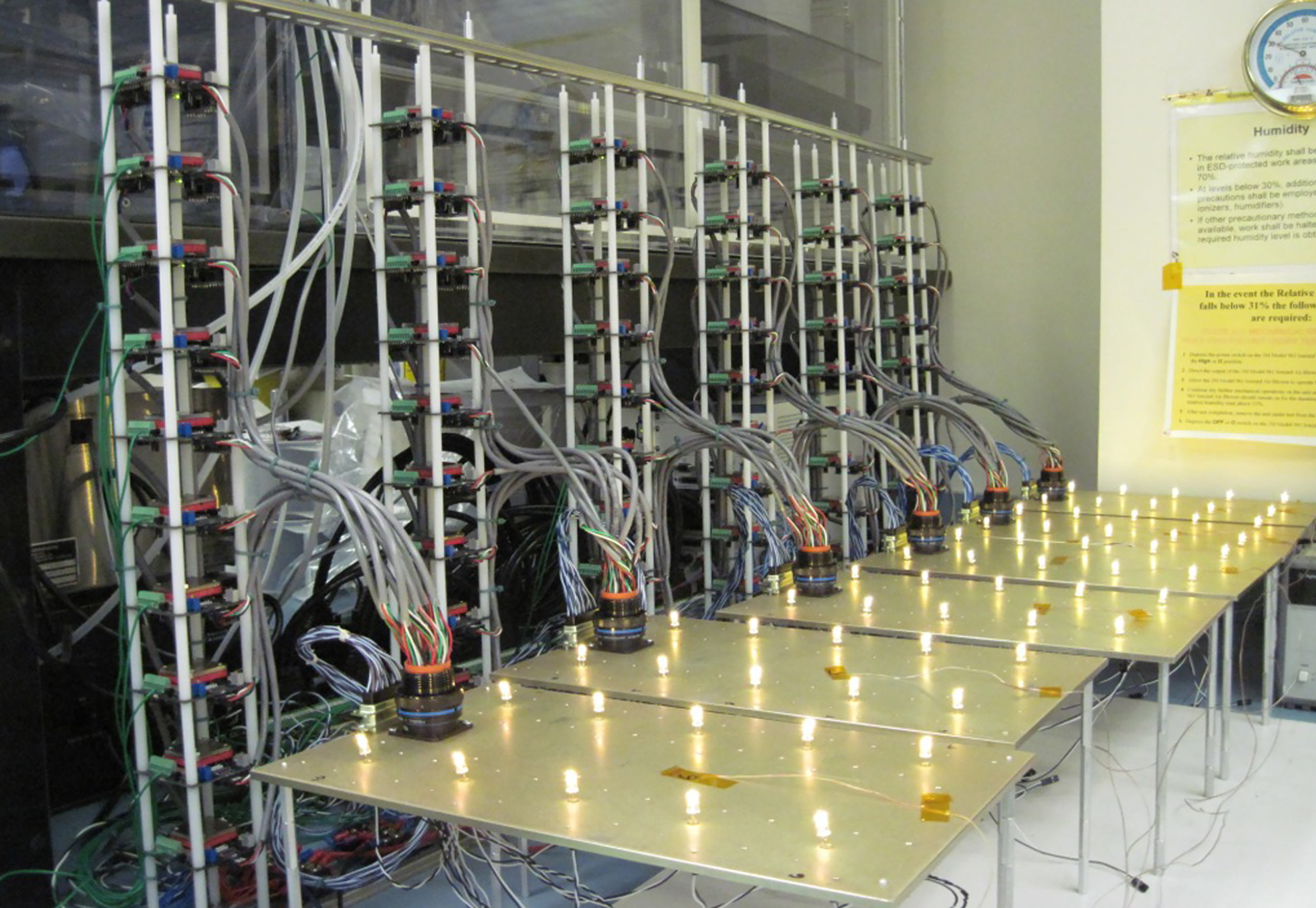
Optoelectronic Qualification: NASA Goddard
The NASA photonics group uses our WLD3343 laser diode drivers and WLD3393 evaluation boards in their optoelectronic qualification set ups. Read more at photonics.gsfc.nasa.gov.
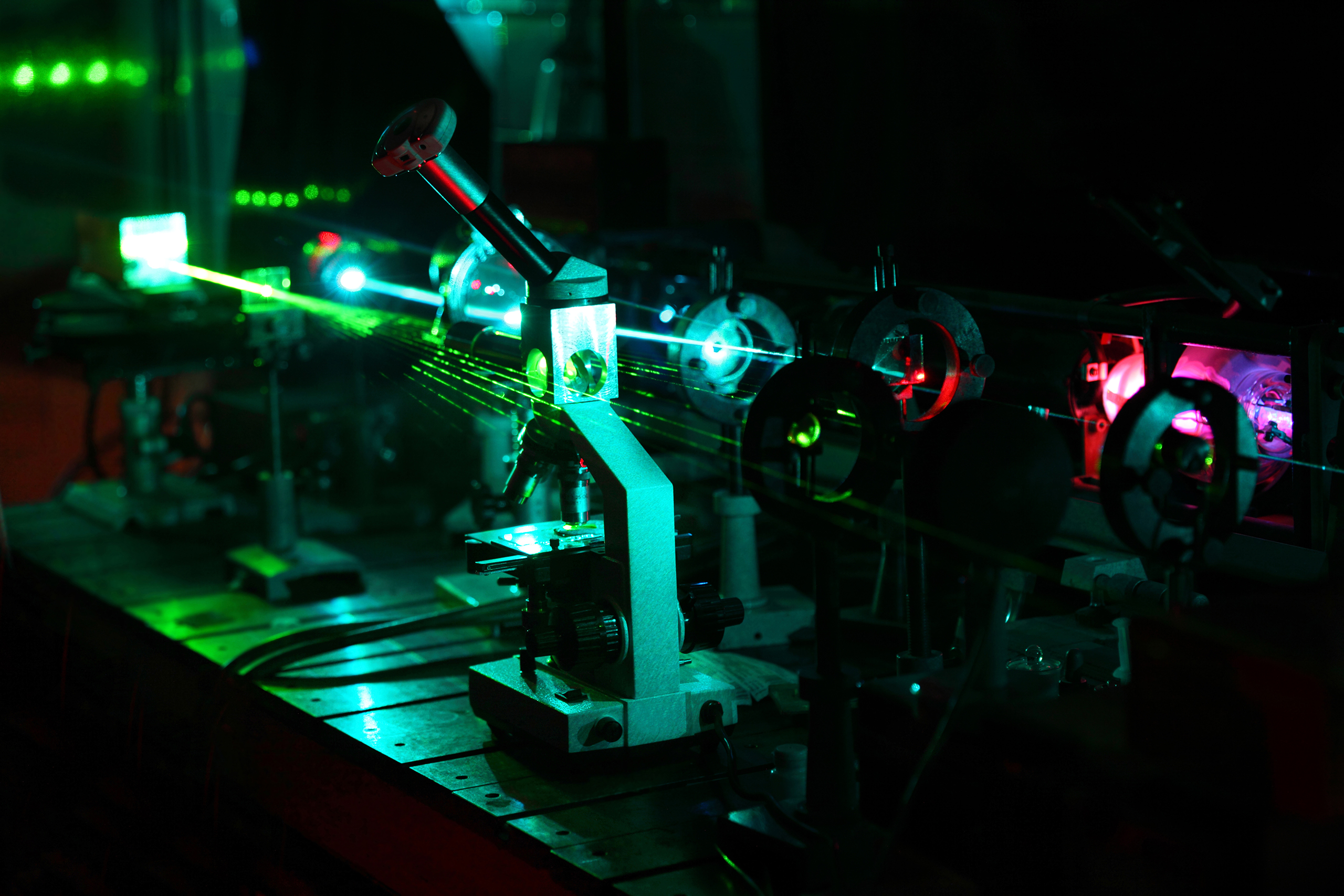
Raman Spectroscopy: Complete Laser Control
The WLD3343 or WLD33ND and the WTC3243 or WTC32ND are used for complete laser control of a Raman spectrometer. In order to measure high resolution wave number shifts using Raman spectroscopy, the output of the laser needs to be stable. Providing up to 2.2A of current with 200 ppm stability, the WLD delivers the well-defined current required for this application. Pairing the current source with the WTC temperature controller (stability of 0.0009°C) ensures that the operating temperature of the laser stays consistent, minimizing the effect that temperature fluctuations have on laser output.
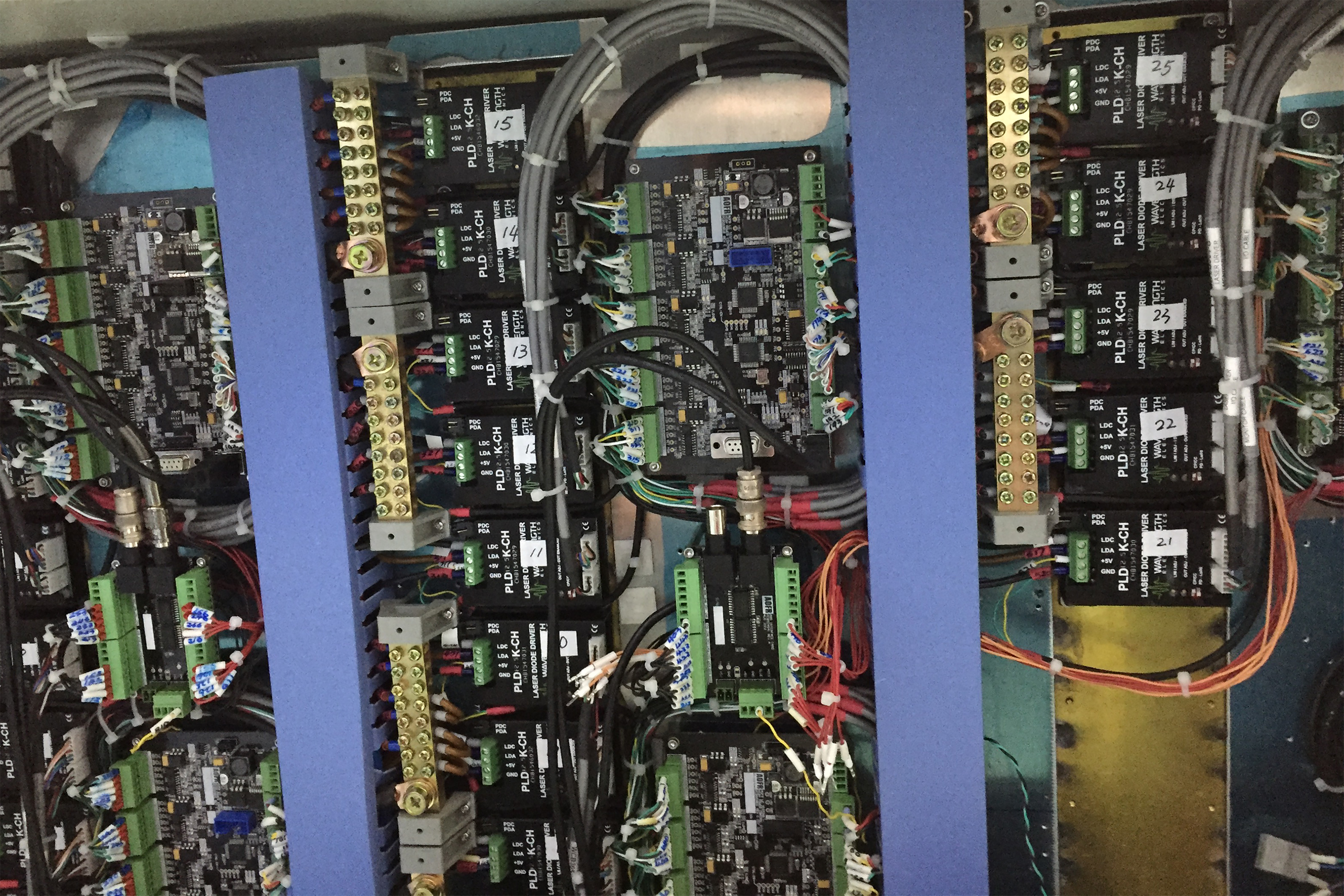
Telecomm Manufacturing
A bank of twenty-five PLD12.5K-CHs is used as a fiber splice test system during telecomm laser manufacturing. Being able to join optical fibers with low loss is important in fiber optic communication. This involves careful cutting of the fibers, precise alignment of the fiber cores, and the fusing of these aligned cores. Fusion splicing is common when a permanent connection is required. In this technique, an electric arc is used to melt the ends of the fibers together. A splice loss estimate is measured by the splicer, by directing light through the cladding on one side and measuring the light leaking from the cladding on the other side.
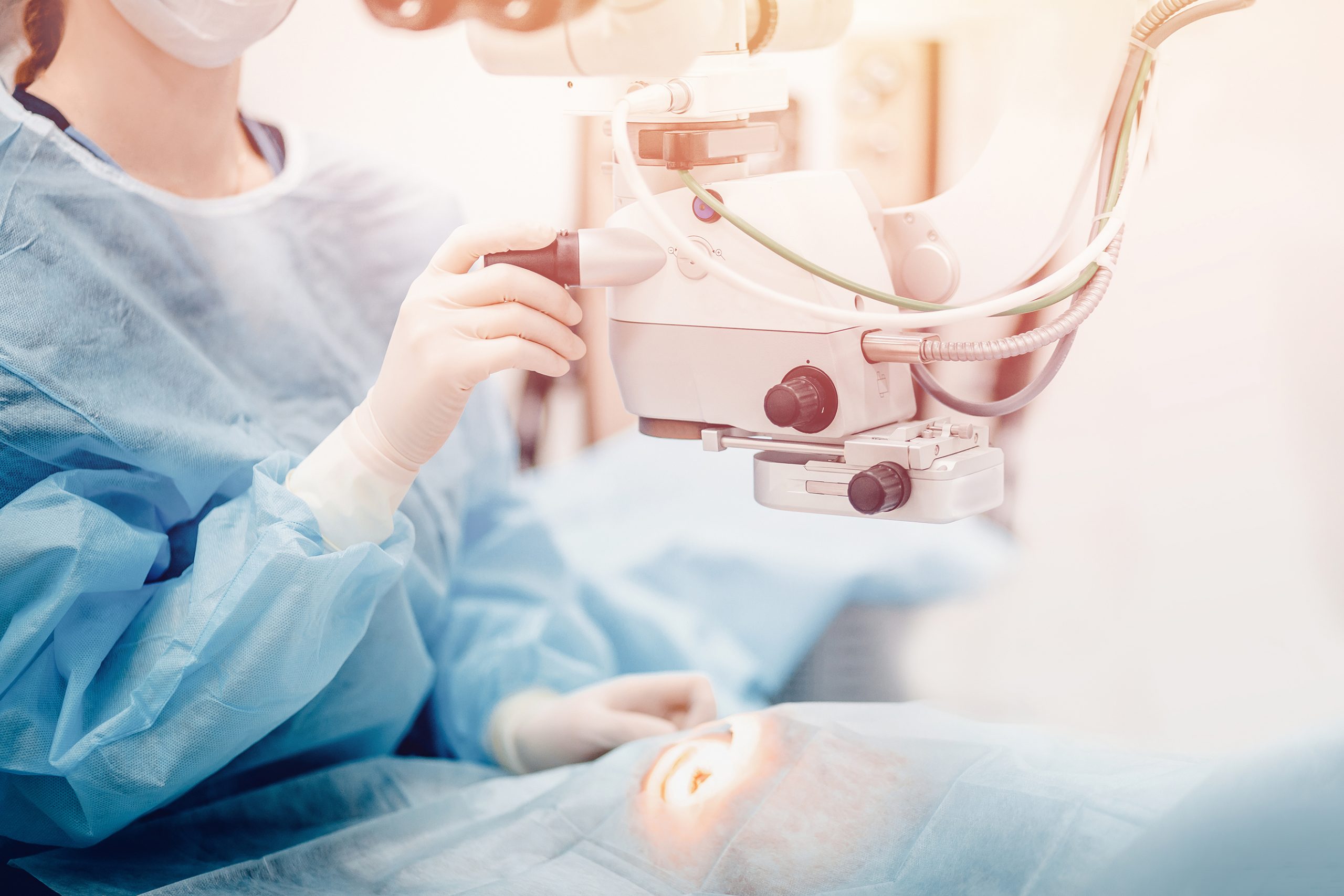
Medical Lasers
The PLD5K-CH is used to control a surgical laser, while the HTC3000 keeps the laser within the appropriate operating temperature. Laser in situ keratomileusis (LASIK) is the most common procedure for corneal refractive surgery to correct myopia. A focused infrared laser using ultrafast pulses of 100-femtosecond duration is used to create the corneal flap. Adjacent pulses are scanned across the cornea in a controlled pattern without causing significant inflammation or damage to the surrounding tissue.

Portable Shifted Excitation Raman Difference Spectrometer For In-Situ Field Measurements
Researchers in Berlin present a handheld, highly precise SERDS probe that allows in-situ measurements of chlorophyll in apple leaves. The complete case study is available as CS-LDTC02.
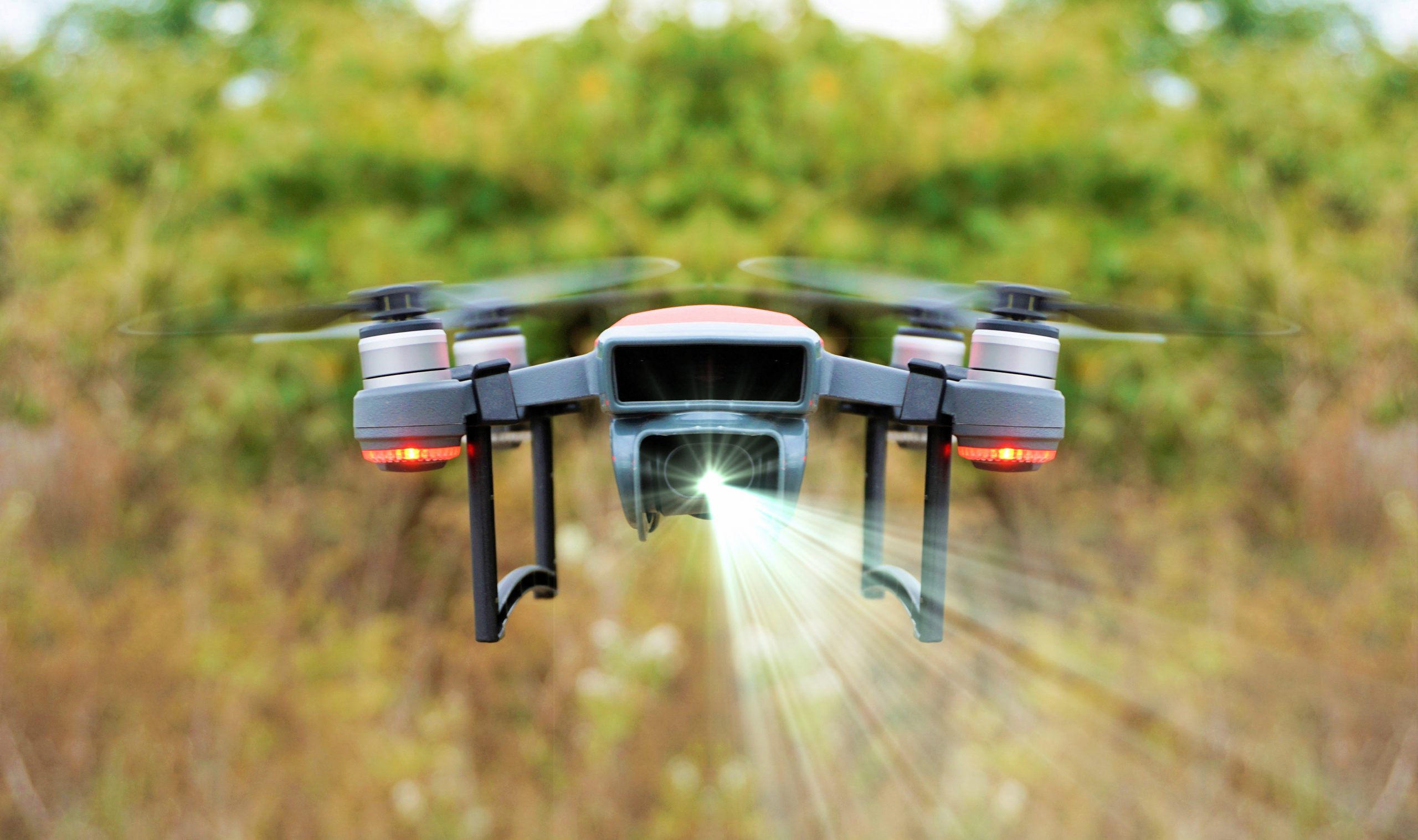
Methane Detection Using Unmanned Aerial Systems
Researchers from the United States and Germany have developed a mid-infrared gas-sensing instrument that can be autonomously flown to measure methane levels at different locations and altitudes. The complete case study is available as CS-LDTC03.

Utilizing Quantum Dots to Label DNA
By using a modified version of polymerase chain reaction (PCR), researchers from China’s Wuhan University were able to show that one-to-one labeling of DNA with quantum dots could be achieved. The complete case study is available as CS-TC01.

Trace Atmospheric Gas Sensing with QCLs
Researchers at the Center for Atmospheric and Environmental Chemistry at Aerodyne Research, Inc. have developed a multitude of direct absorption atmospheric trace gas measurement instruments. Relying on high-quality optics, lasers, and electronics, measurements are reaching parts-per-trillion (10-12) precision. The complete case study is available as CS-LD01.
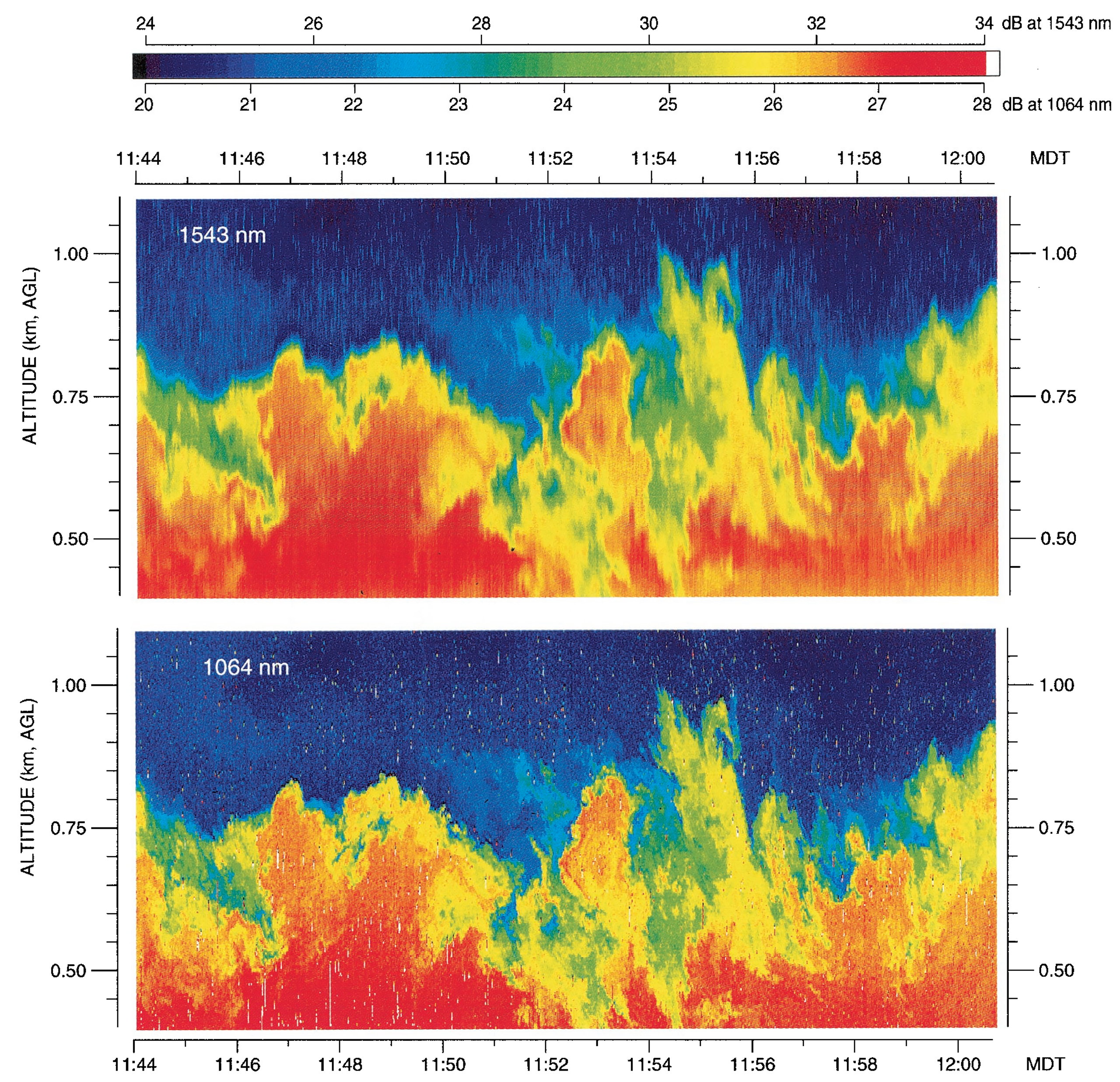
Eye-safe Atmospheric Lidar Measurements
The National Center for Atmospheric Research developed an eye-safe aerosol lidar system for atmospheric investigation. Using stimulated Raman scattering (a third-order nonlinear process) the instrument output is eye-safe at approximately 1.5 μm with a range of up to 9 km. The complete case study is available as CS-LDTC04.
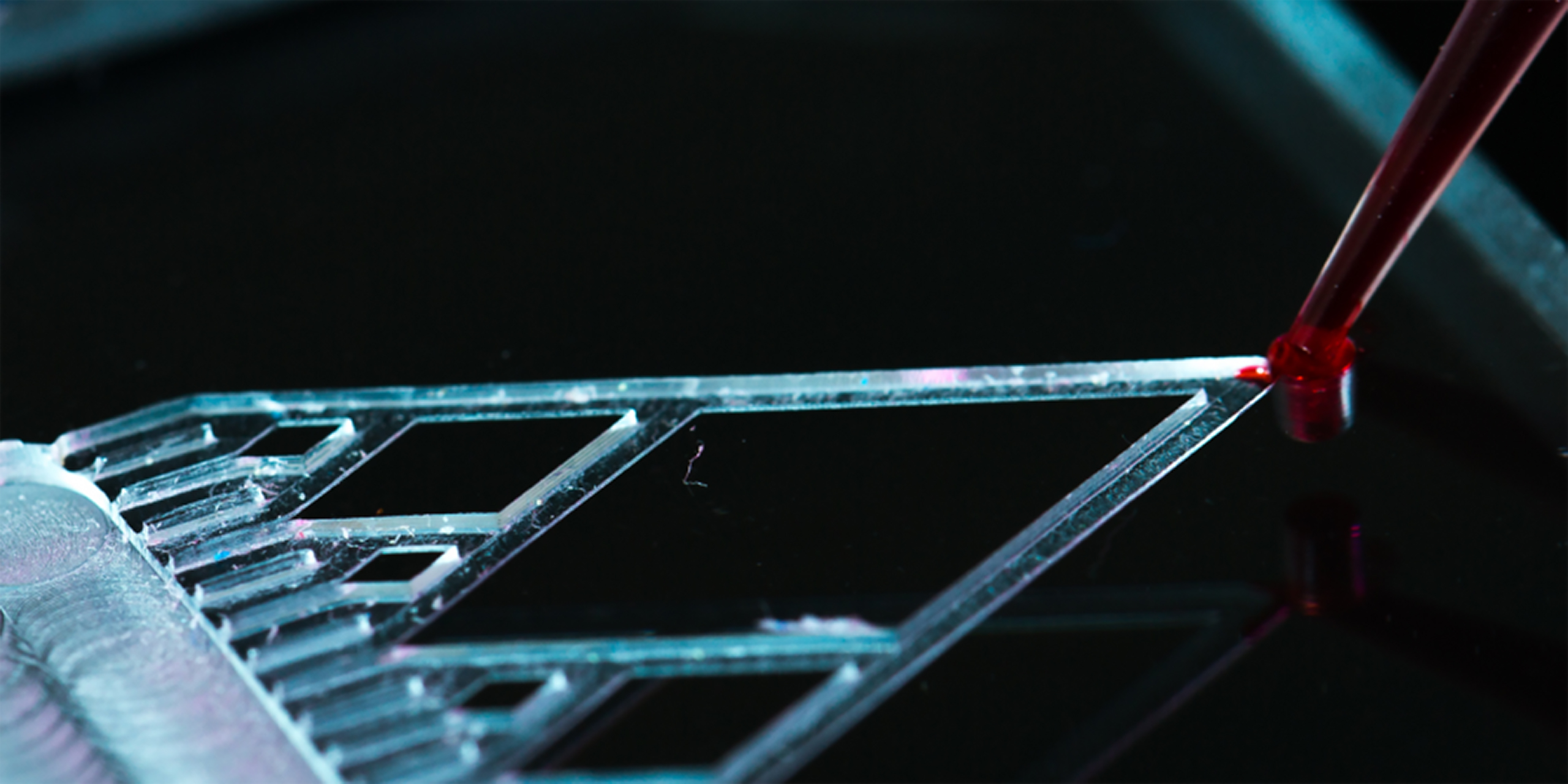
Laser Diodes in Optofluidics and Microfluidics
Researchers from Massachusetts Institute of Technology and Georgia Institute of Technology both used microchips in conjunction with infrared diode lasers to conduct experiments on small-scale environments. In both cases, the laser power delivered to the microchip was a crucial experimental parameter. The complete case study is available as CS-LDTC05.
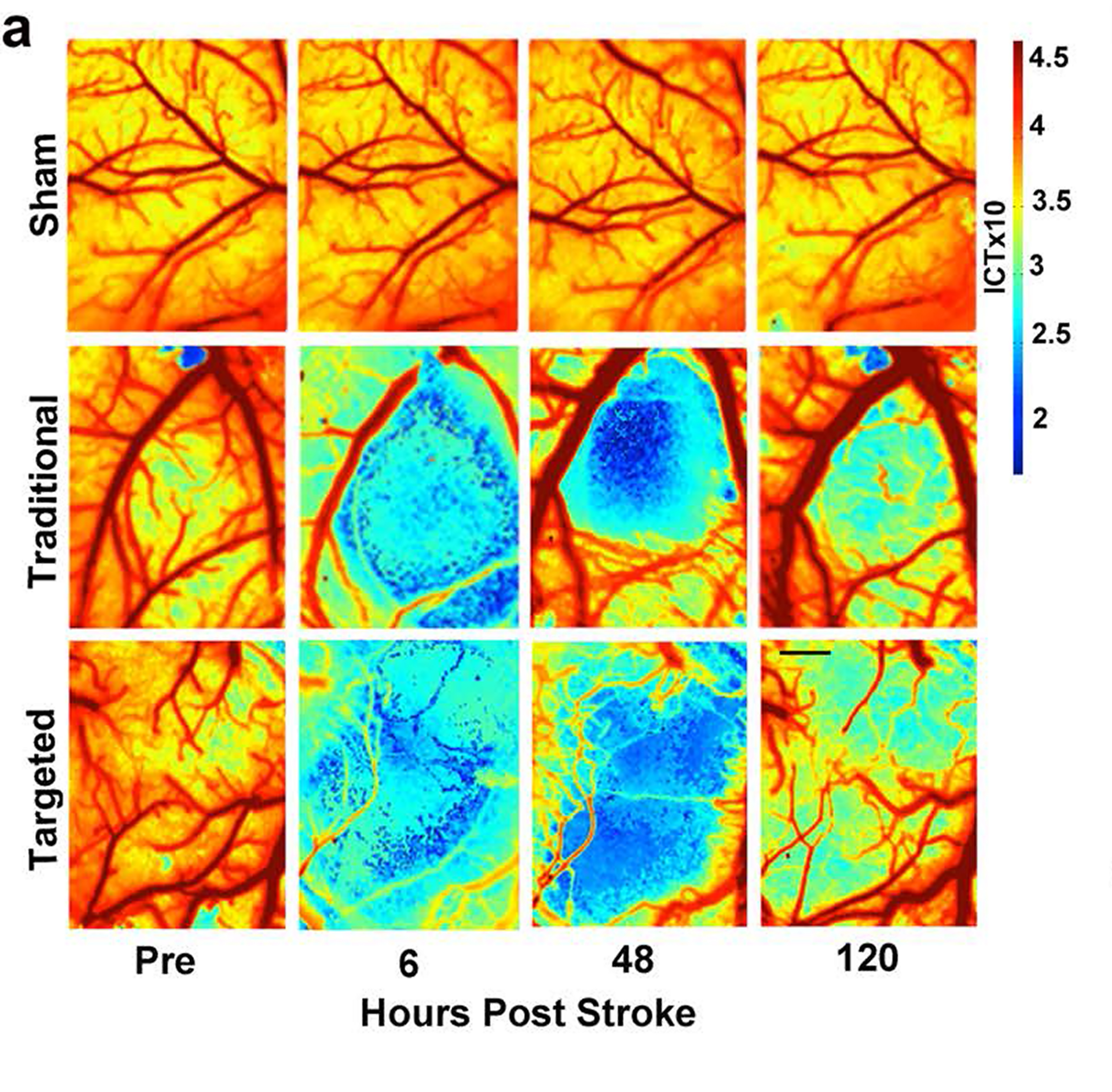
Artery Targeted Photothrombosis to Better Model Human Stroke and Forelimb Impairment
Researchers have developed a better model of human stroke which uses artery-targeted photothrombosis. This model limits laser illumination to specific arterial branches of the cortical surface to induce less damage to surrounding tissue by controlling stability of laser output and minimizing infarct variations. The complete case study is available as CS-LD02.
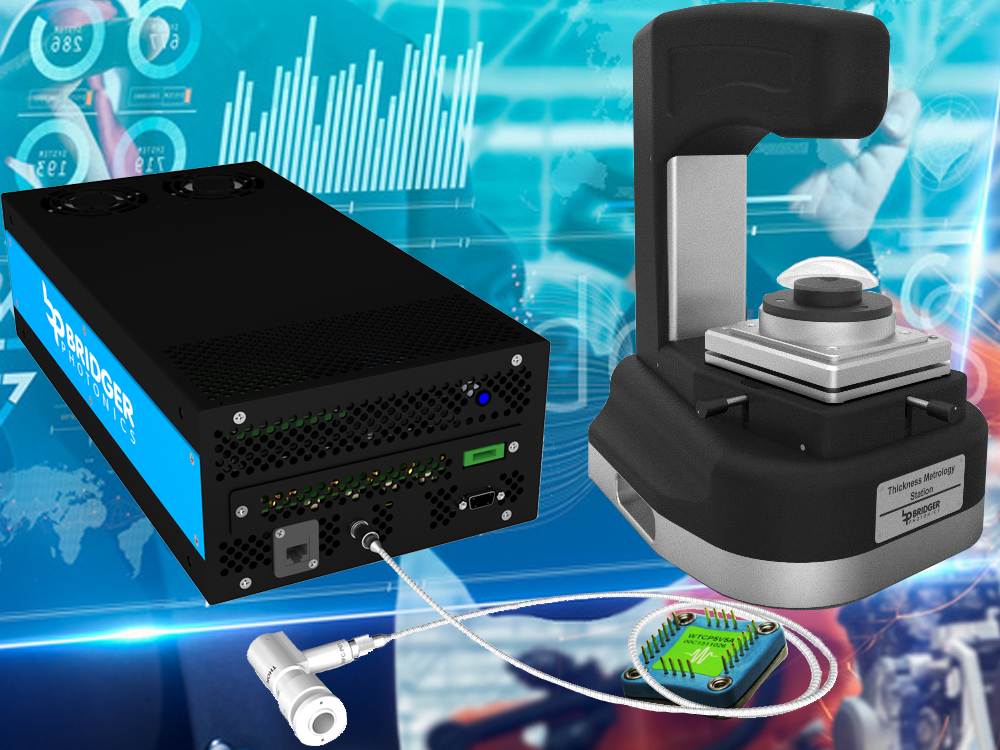
Frequency-Modulated, LiDAR-Based Length and Thickness Metrology Systems
Bridger Photonics provides a solution for both thickness and length metrology applications with a Frequency Modulated Continuous Wave (FMCW) Light Detection and Ranging (LiDAR) technique without contact with the optic. The complete case study is available as CS-TC02.

Differential Absorption LiDAR for NASA Ozone Mapping
Bridger Photonics has developed a Differential Absorption LiDAR (DIAL) system for a NASA ozone mapping network in a compact, easy-to-use, and commercially available device. With final ultraviolet wavelength energies of 200 μJ (at 1 kHz repetition rate), Bridger Photonics has designed a high power output, low power consumption, and fast repetition rate solution to ozone concentration measurement. The complete case study is available as CS-LDTC06.
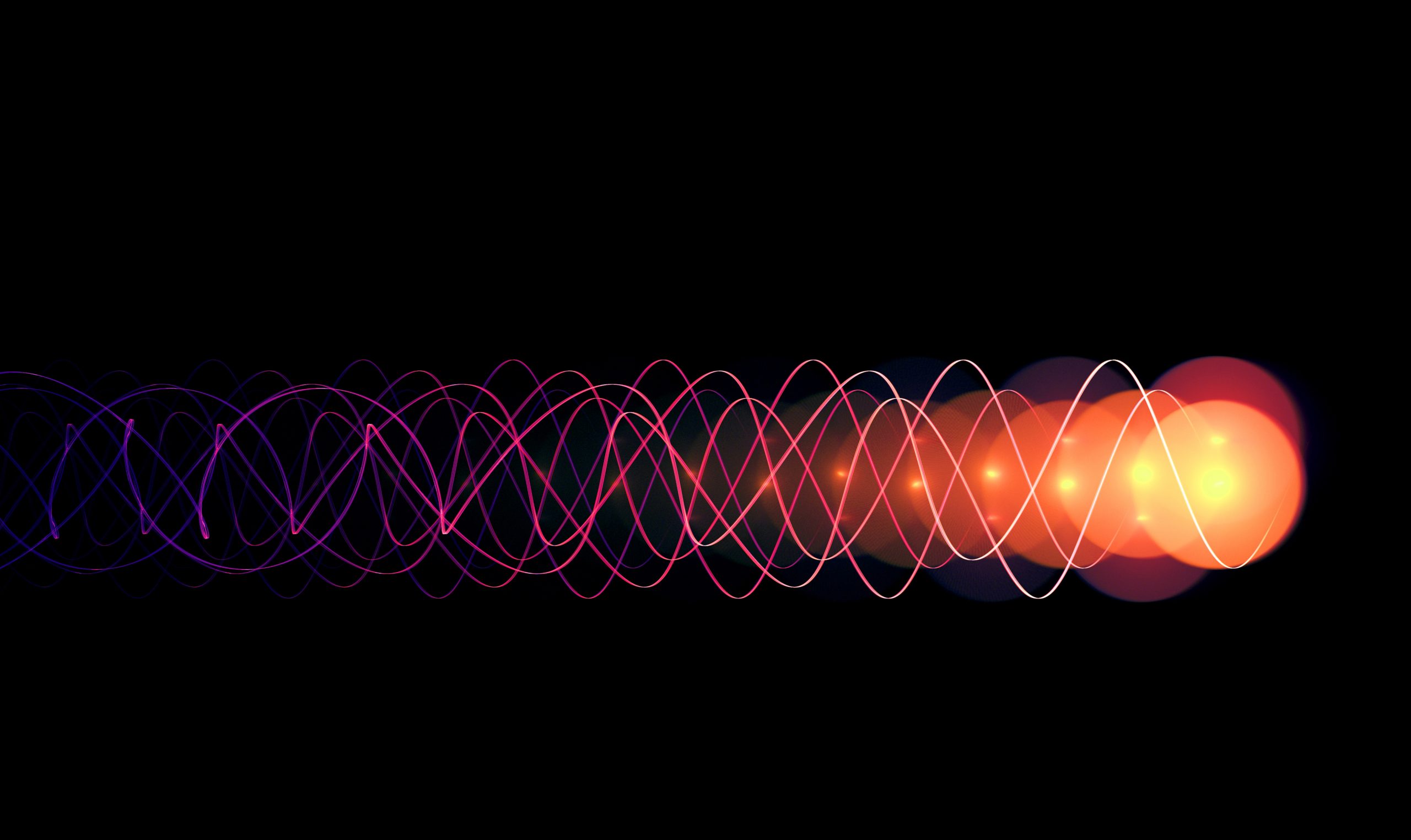
Single-Mode, Narrow Band Photon Source Using SPDC for Hybrid Quantum Systems
Researchers at the University of Vienna have designed a photon source using Spontaneous Parametric Down-Conversion (SPDC) with a doubly resonant Optical Parametric Oscillator (OPO) utilizing an additional birefringent crystal to tune clusters independent of SPDC phase-matching. The source also produces single-mode photon pairs at a rate of 47.5 Hz without mode filters reducing loss in the system. The complete case study is available as CS-TC03.
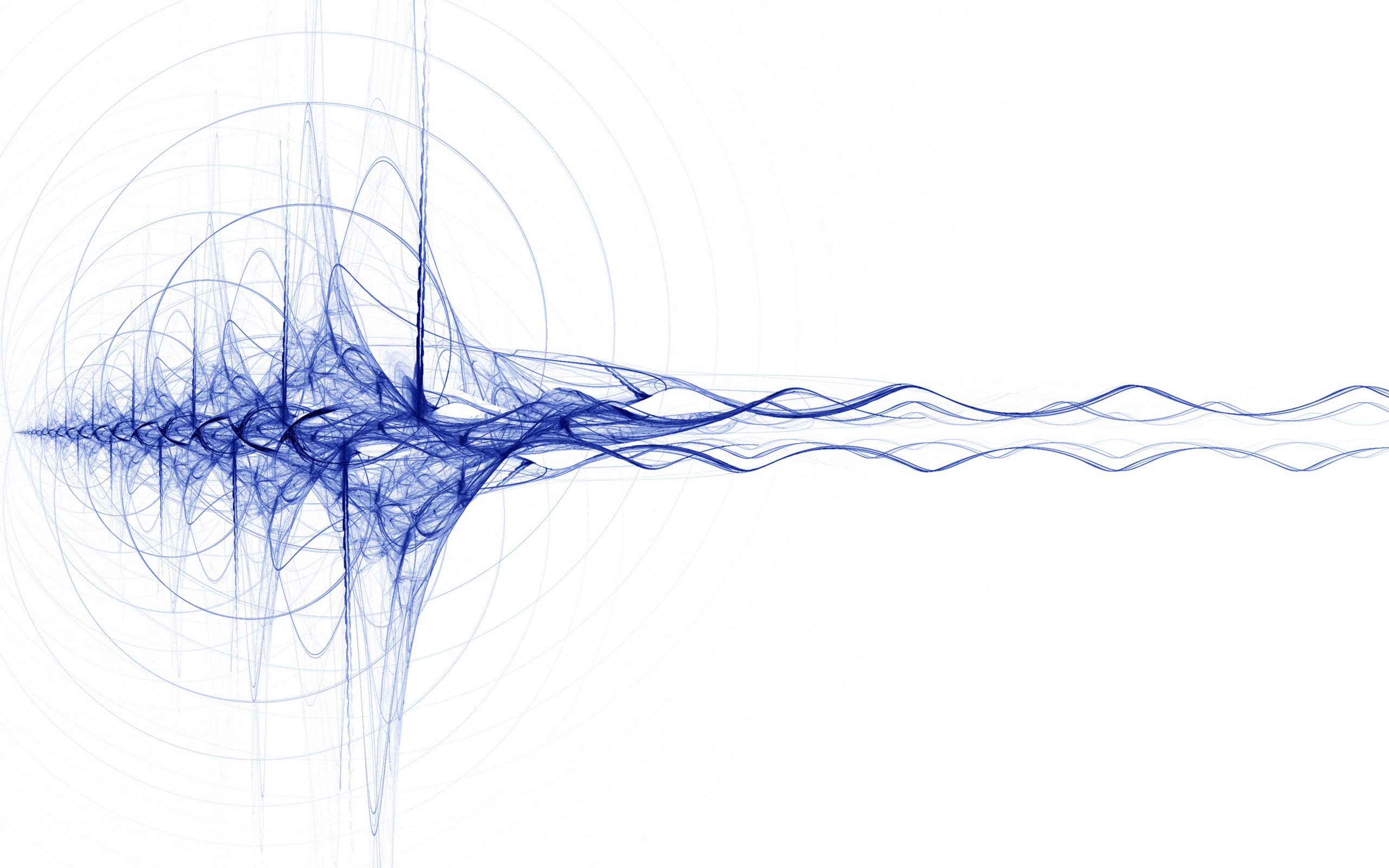
Room Temperature Terahertz Frequency Comb Using QCLs
Researchers at Northwestern University, Illinois have designed a terahertz (THz) frequency comb using a Quantum Cascade Laser (QCL) with a Distributed Feedback (DFB) grating inside the cavity. The DFB grating addition allows for dual wavelength emission from the QCL. A single-mode state and a harmonic comb state combine inside the cavity for a THz frequency comb. The complete case study is available as CS-LDTC07.

Optical Interruption of Quantum Cascade Laser for Cavity Ring-Down Spectroscopy
Researchers at VTT Technical Research Centre of Finland have developed optical interruption of a mid-infrared quantum cascade laser using a near-infrared laser diode for cavity ring-down spectroscopy. This technique, when compared to the traditional electrical interruption method, shows similar performance for sensitive laser spectroscopy while reducing the high bandwidth requirement of the driver and reducing costs and complexity of the system. The complete case study is available as CS-LD03.
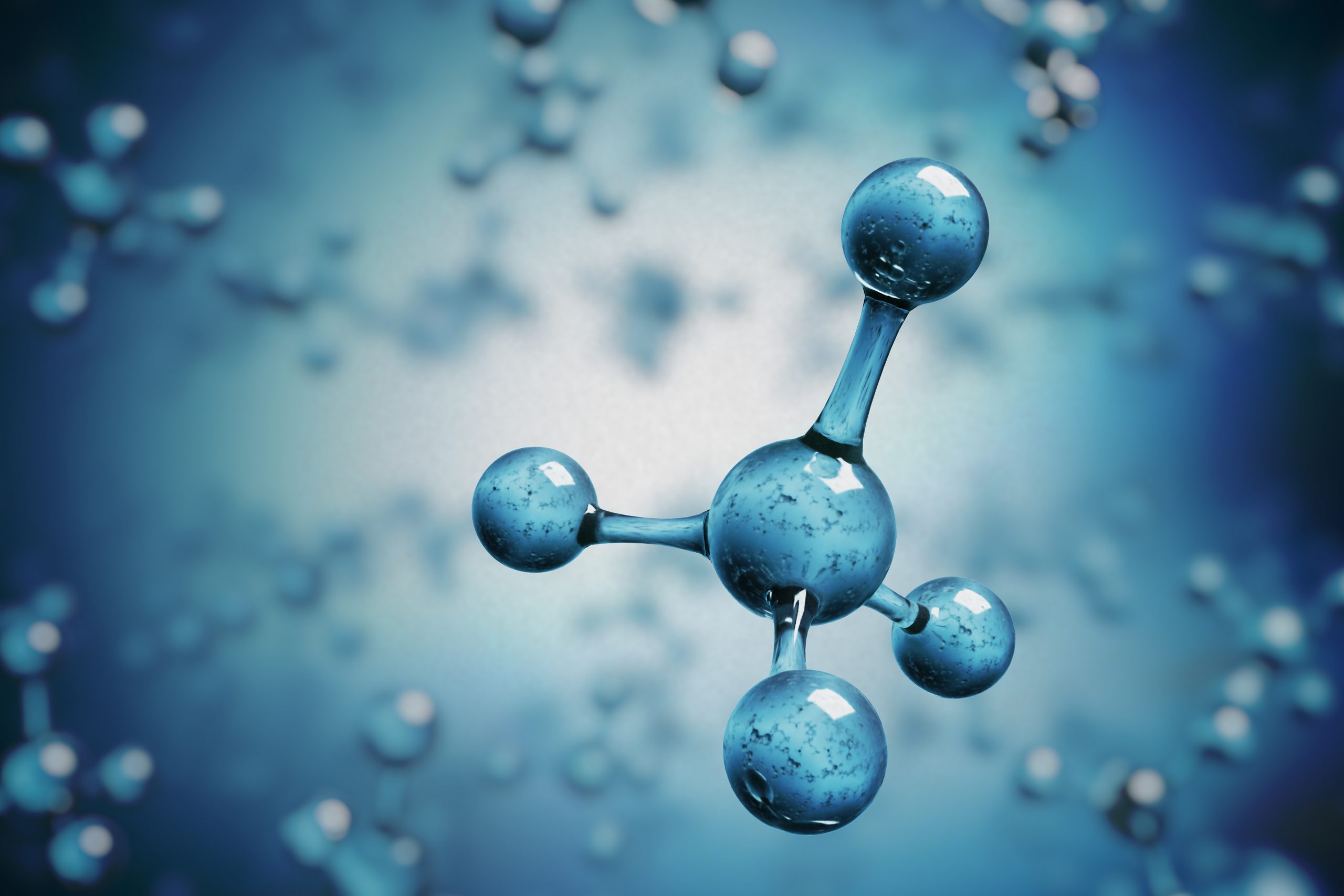
Methane Isotopologues Spectroscopy Analysis
Researchers from Switzerland, the Netherlands, Germany, and the UK have developed a quantum cascade absorption spectrometer (QCLAS) coupled with a trace gas extractor (TREX) for high precision measurements of methane isotopologues in ambient air. The TREX-QCLAS better identifies different emission sources with less labor-intensive features and automated real-time analysis. The complete case study is available asCS-LDTC08.
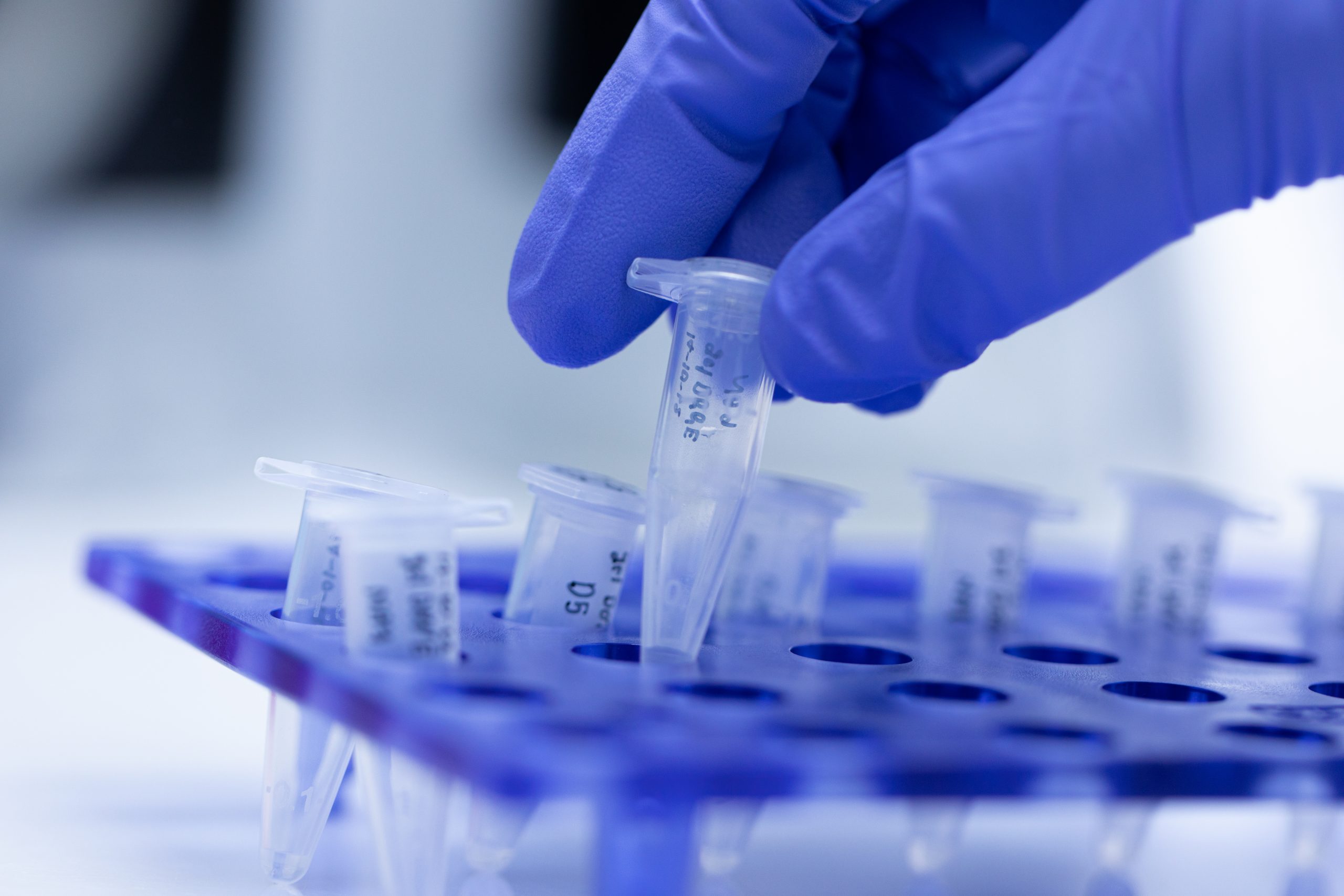
Polymerase Chain Reaction Thermal Cycler with Proportional-Integral Temperature Controller
Researchers from Malaysia have developed a portable polymerase chain reaction (PCR) thermal cycler using a proportional-integral (PI) temperature controller for improving healthcare in low-resource environments with modern-consumer grade electonics. Compared to four commercially available thermal cyclers, the developed device is the least expensive while maintaining a small form factor and highest temperature ramp rate. The complete case study is available as CS-TC04.

Biological Detection Using Virus Lasers
Detecting biomolecules, such as proteins or cells, with precision and high sensitivity is labor intensive with traditional assay devices. Researchers from the United Kingdom have developed a virus laser for rapid biomolecular detection with the precision of commercial systems. The complete case study is available as CS-LD04.

Ammonia Gas Detection With Laser Absorption Spectroscopy for Livestock
Researchers from China have developed a laser absorption spectrometer for high precision ammonia gas detection in livestock and poultry housing. Two different techniques are discussed: Open path laser absorption spectroscopy (OPLAS) and tunable diode laser absorption spectroscopy (TDLAS). TDLAS achieves ammonia detection concentrations of lower than 5 ppm using harmonic absorption signals. The complete case study is available as CS-LDTC09.
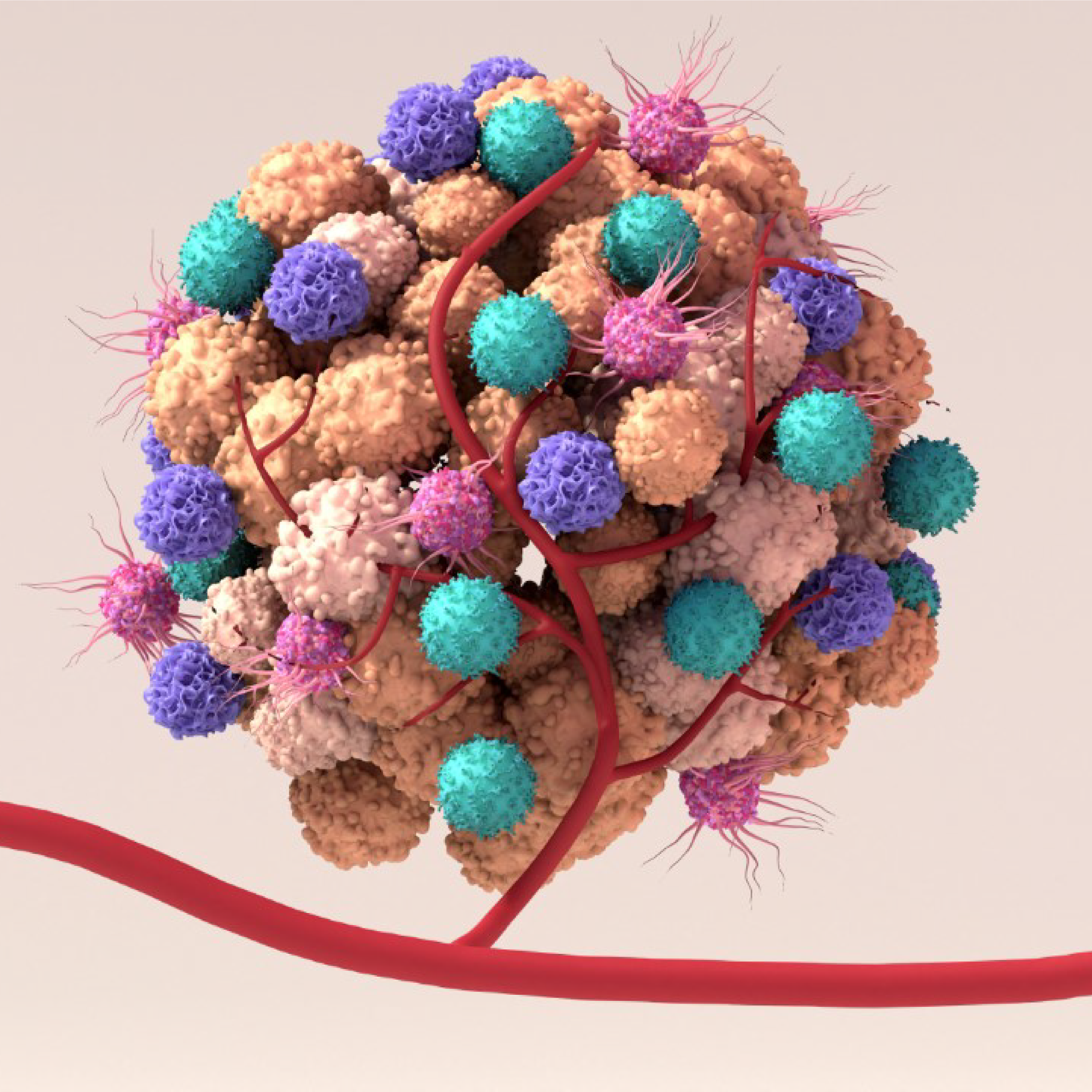
Fluorescent Hypoxia Detection Based on HIF-1α ODD Domain
Functional imaging of tumor cells provides critical information about the size and location of the tumor, as well as the micro-environment. Researchers from Spain have reported a fluorescent hypoxia biosensor based on the oxygen-dependent degradation domain of HIF-1α. The developed hypoxia sensor contributes to a deeper view and understanding of the tumor micro-environment that modern imaging techniques cannot provide. The complete case study is available as CS-TC05.

Improved Gas Concentration Model Accuracy in Wavelength Modulation Spectroscopy
Laser absorption spectroscopy is built upon the properties of the Beer-Lambert Law, in the most basic form, relating the absorption of light and the concentration of a particular gas. Researchers from China have developed a new concentration inversion model for wavelength modulation spectroscopy (WMS) techniques in tunable diode laser absorption spectroscopy (TDLAS) applications.
The complete case study is available as CS-LDTC10.
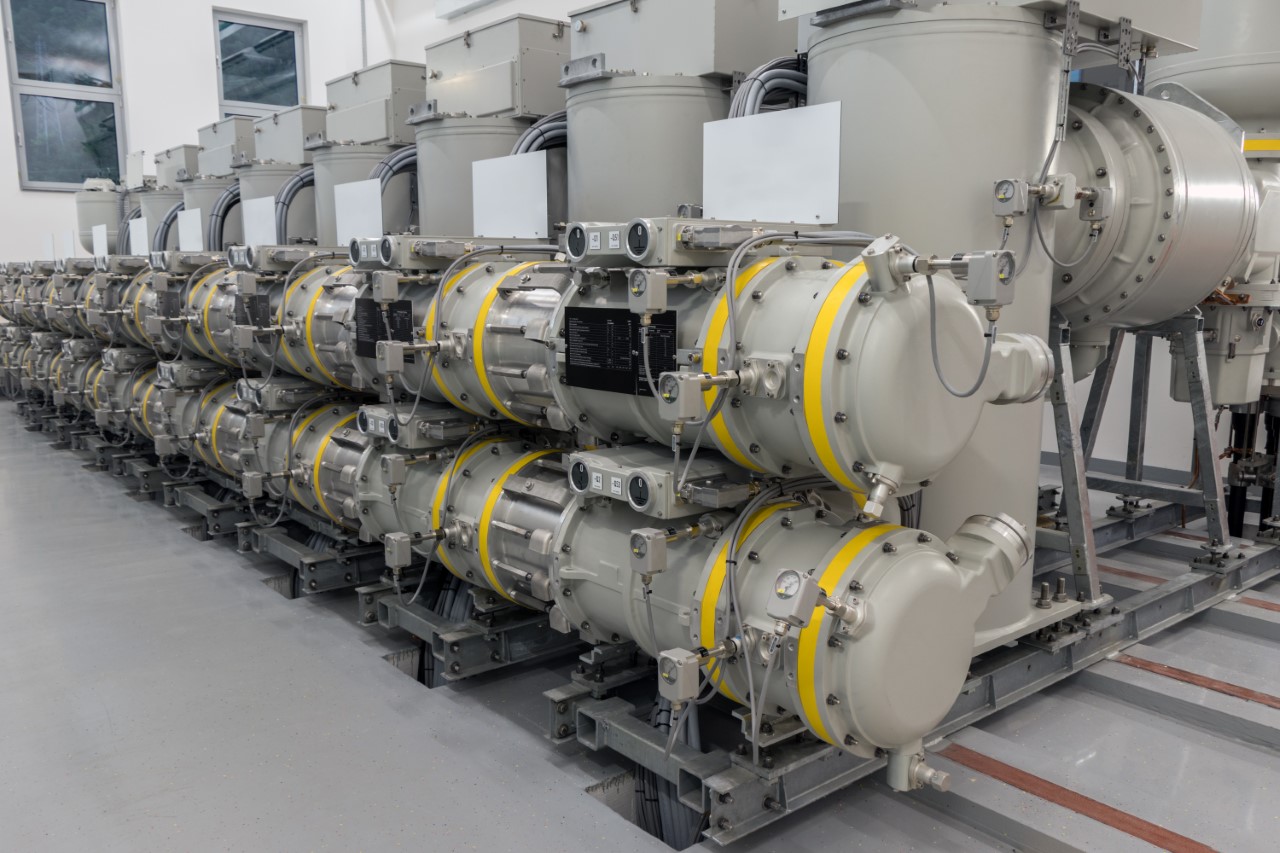
CO Detection in SF6 Using Quartz-enhanced Photoacoustic Spectroscopy
Researchers from China and Italy have developed a highly sensitive and selective optical sensor using quartz-enhanced photoacoustic spectroscopy (QEPAS) for carbon monoxide (CO) detection in sulfur hexafluoride (SF6) decomposition. Detecting CO gas by means of wavelength modulation, second harmonic modulation, and photoacoustic techniques requires high precision and stable control of the quantum cascade laser in the QEPAS sensor.
The complete case study is available as CS-LD05.
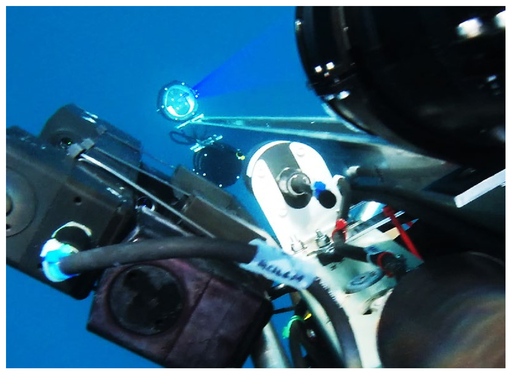
Deployable Scintillometer for Ocean Turbulence Using Superluminescent LED
Optical communication and inspection of piers, pilings, or ship berthing areas requires overcoming the constantly changing characteristics of the water, especially in the ocean. Researchers from the Naval Information Warfare Center Pacific (U.S.) and the University of Central Florida have designed and developed new algorithms and a portable scintillometer to characterize ocean turbulence for imaging and free-space optical communication applications.
The complete case study is available as CS-LDTC11.

Rapid Transitions of Thermo-Responsive Polymer Networks
Responsive polymers are used in drug delivery, switchable biocompatible coatings, and advanced bio-interfaces in bioanalytical devices. Thermo-responsive polymers, where changing the temperature stimulates changes in the polymer properties, are the most common in biomedical applications. All thermo-responsive polymers have a lower critical solution temperature (LCST). By testing different bulk temperatures, longer heating beam pulses, and a variety of temperature change increases, researchers realized response times as low as 1.5 ms for the collapsing state and single digit milliseconds for the swelling state of the polymer hydrogel.
The complete case study is available as CS-TC06.
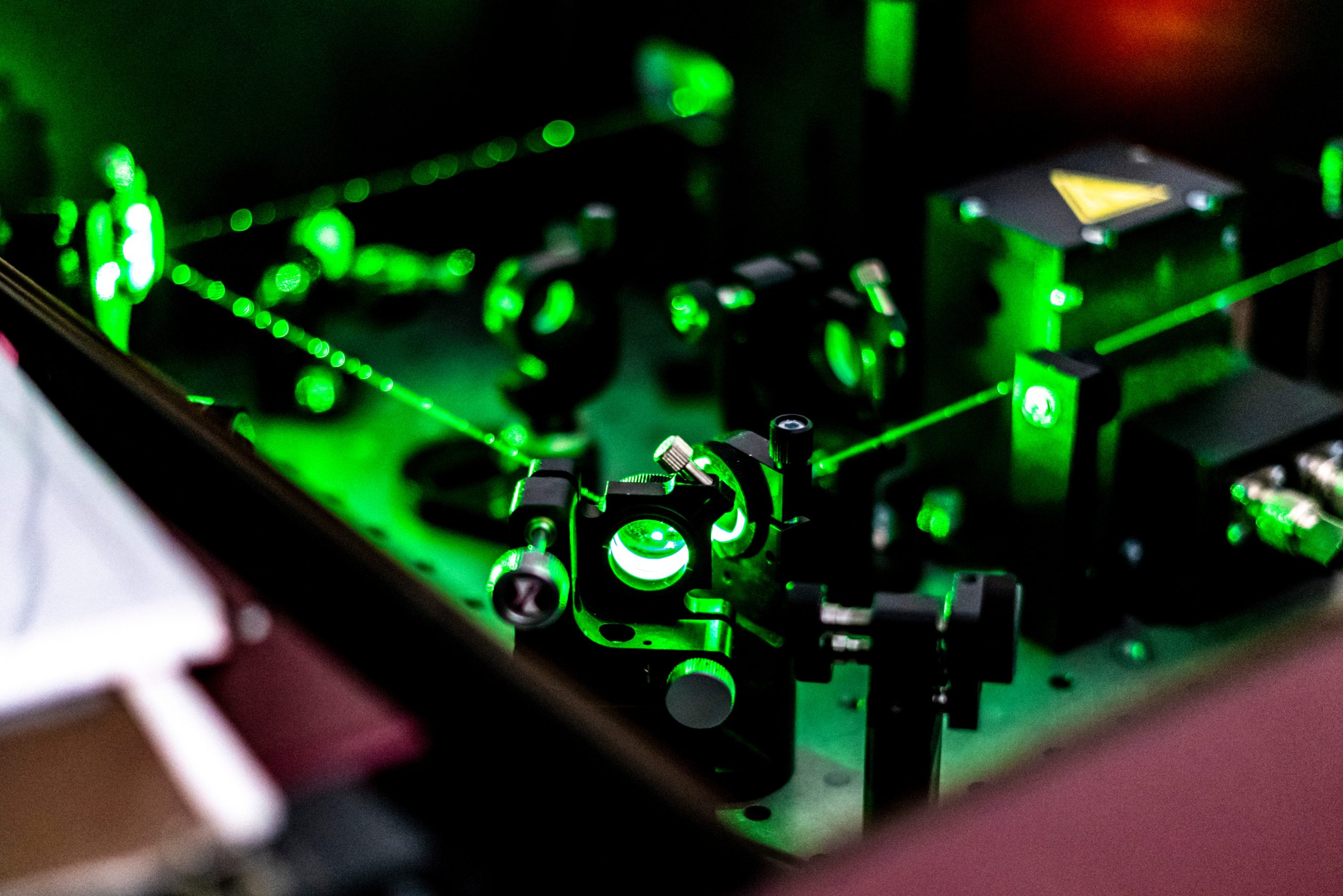
A Ray Tracing Approach to Capillary-Based Backscattering Interferometry
Capillary-based backscattering interferometry has been used as a highly sensitive refractive index sensing tool to measure molecular binding. Generally, ray tracing is used to simulate the backscattered light from the specific capillary. Researchers from the United Kingdom have developed a comprehensive ray tracing model including many parameters not previously reported. The significance of the inner diameter, outer diameter, and the refractive index of the capillary material are shown to heavily influence the interference pattern.
The complete case study is available as CS-TC07.
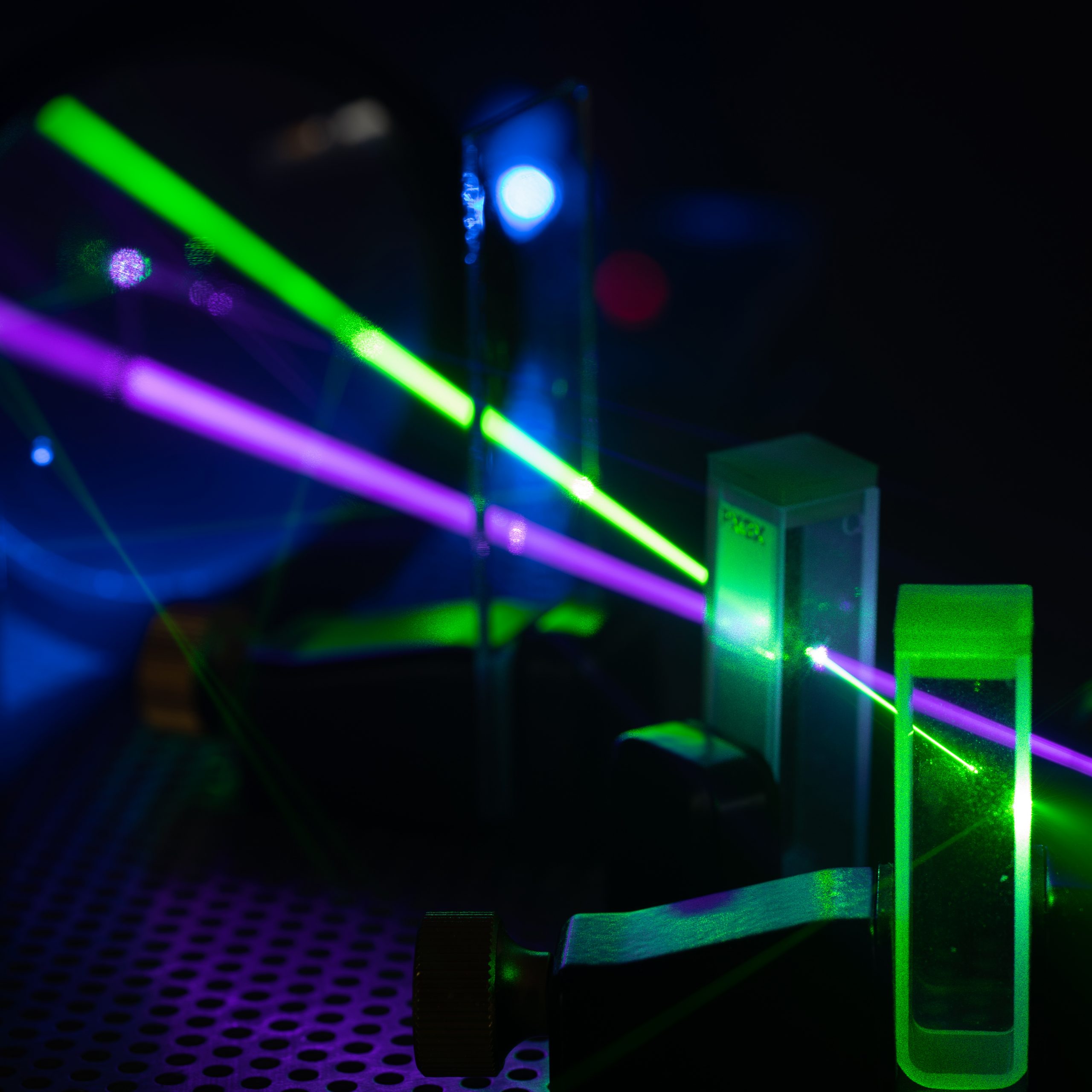
Mapping H2O Transport with Tomographic Absorption Spectroscopy
Researchers have developed a jet flow, tomographic absorption spectroscopy (TAS) platform to study H2O transport in a non-reactive jet flow with various conditions. By combining tomography and absorption spectroscopy techniques, two-dimension (2D) contour imaging was created to display H2O mole fraction distribution from the laminar jet into ambient air. The reconstructed distributions matched well with and were validated with computational fluid dynamics (CFD) simulations. This research shows the great potential that TAS has in the field of mass transfer and scalar field of gaseous flows.
The complete case study is available as CS-LDTC12.
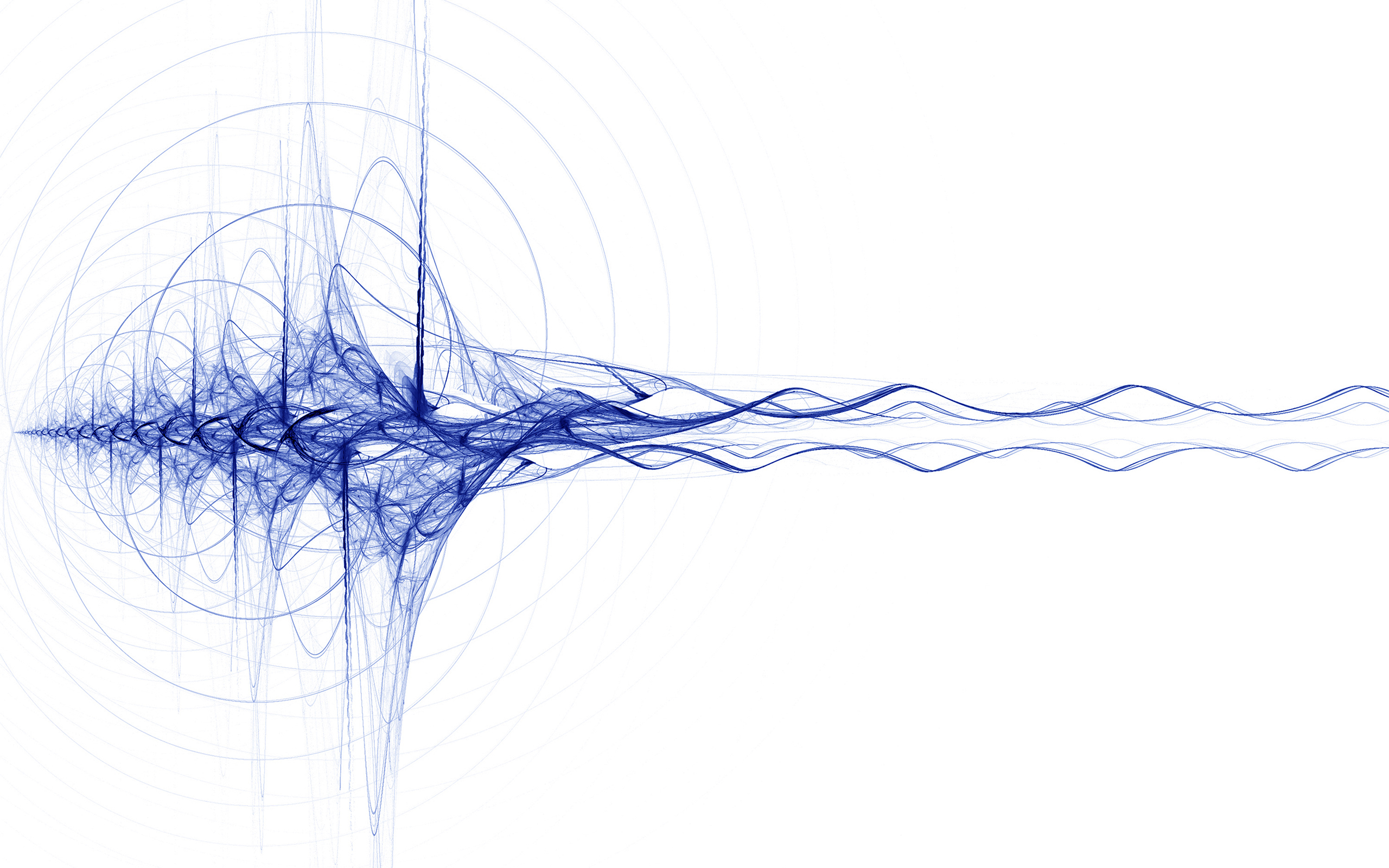
Measuring Atomic Oxygen Densities with a Terahertz QCL
Plasma applications heavily depend on atomic oxygen densities, but knowing those densities requires precise and accurate diagnostic techniques. Researchers from Germany have developed the first implementation of THz QCLs for high-resolution absorption spectroscopy. This shows promising results for applications in plasma research that replace existing methods for measuring atomic oxygen densities with compactness and without requiring calibration. This research expands the understanding of physio-chemical behavior of atomic oxygen, and proves the diagnostic capabilities of THz absorption spectroscopy with QCLs.
The complete case study is available as CS-LD08.

VCSEL Absorption Spectroscopy of Chip-scale Rubidium Atomic Vapor
Researchers in India have developed the absorption spectroscopic capabilities of a chip-scale Rubidium (Rb) atomic vapor cell using a thermoelectric cooler integrated VCSEL light source in a magneto-optic package. The custom three-dimensionally printed design provides real time analysis of spectral data by laser interrogation of the D1 hyperfine transition states of the Rb vapor in the chip-scale cell. This magneto-optic Rb atomic cell package proves potential for atomic sensors, particularly in space borne applications or payloads.
The complete case study is available as CS-TC08.
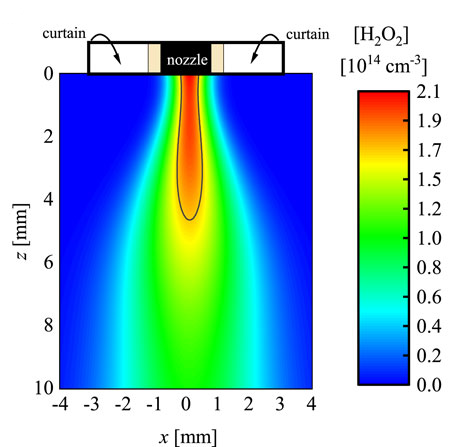
Determining Localized Density of H2O2 Using Absorption Spectroscopy in Plasma Jets
Researchers from Germany have developed a new diagnostic technique for obtaining local distribution of gas phase hydrogen peroxide (H2O2) in plasma jets. Continuous-wave cavity ringdown spectroscopy, with a quantum cascade laser at a wavelength of 8.12 μm, is used to determine the effective absorption length of a cold atmospheric pressure plasma jet and to determine the localized density of H2O2 in the effluent of the plasma jet. This work shows the formation and consumption mechanisms of H2O2 and enables other biomedically relevant species in the plasma zone to be studied using this technique.
The complete case study is available as CS-LDTC13.

Dual-Comb and Fourier Transform for Fast and High Spectral Spectroscopy
Complex chemical and biological reactions require fast (sub-second) spectroscopy with high spectral resolution. Researchers from Switzerland have developed a Fourier Transform (FT) spectrometer designed around a custom, continuous rotation scanning mirror, enabling millisecond acquisition times while maintaining high spectral resolution in the sub-GHz range. This design not only uses a single frequency comb for dual-comb spectroscopy, but can prove useful in a variety of spectroscopy applications where high speed, large optical bandwidth, and high spectral resolution are desired.
The complete case study is available as CS-LD09.
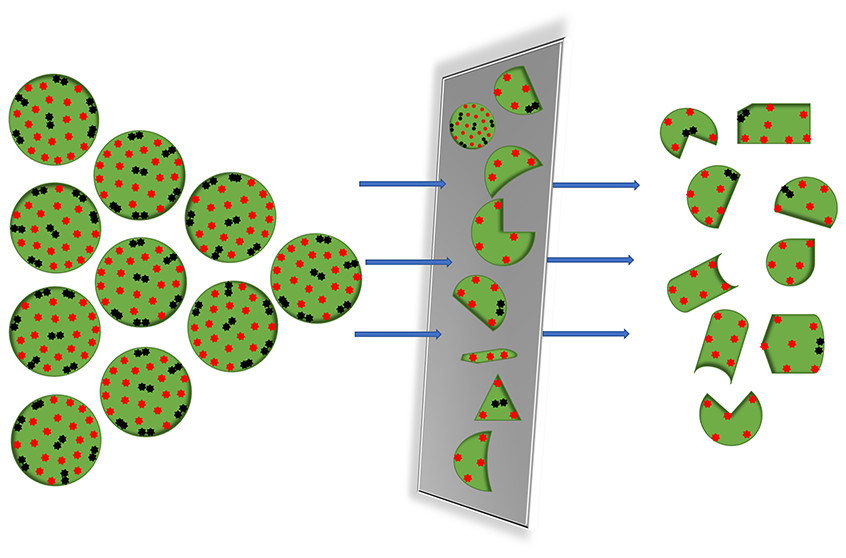
Quantification of the Removal and Inactivation of Virus Particles
Researchers from the Netherlands have developed a new method of quantifying and characterizing antiviral properties of polymer-functionalized surfaces for virus filtration and inactivation. Specifically, a polyethylenimine (PEI)-coated poly(ether sulfone) (PES) micro-filtration membrane was used to adsorb, inactivate, as well as disassemble virus capsids. Not only does the virus adsorb onto the PEI coating, it also interacts with PEI to disassemble the virus capsid. This new method provides a simpler and faster quantification and characterization technique for virus filtration and inactivation for medical and biological applications.
The complete case study is available as CS-LD10.

